Do you remember the last time you saw a truly remarkable floral arrangement? Perhaps it was at a wedding, a gala or even in a magazine. As you admired the bouquet or centerpiece, you may have noticed that it wasn’t just the colors and shapes of the flowers that made the arrangement so beautiful — it was the texture, too.
While the individual flowers were lovely, it was the way the leaves of the ferns curled, the bark of the branches twisted and the petals of the roses cascaded together in perfect harmony that took the design to the next level.
What Is the Definition of Texture in Floral Design?
In floral design, texture refers to the tactile and visual quality of the elements used in an arrangement, including flowers, foliage, branches, berries and other decorative components. Texture can be described in terms of how the surface of an element feels to the touch (e.g., rough, smooth, velvety, prickly) as well as how it appears visually (e.g., delicate, bold, feathery, spiky).
Texture is one of the key elements of floral design. It plays a crucial role in creating visual interest, depth, and dimension in a floral arrangement, enhancing the overall aesthetic appeal of the design by adding contrast, balance, and harmony.
The right texture can add depth, dimension and visual interest to an arrangement, making it more dynamic, memorable, and impactful. It can enhance the overall aesthetic appeal of a design by adding contrast and creating a sense of movement, leading the eye through the arrangement and giving it a natural, organic feel. Texture can also help to balance the composition, creating a harmonious and cohesive design that is pleasing to the eye.
But texture is not just about aesthetics. It also has the power to evoke emotions and recall memories. The rough bark of a branch or the soft fuzz of lamb’s ear can create a sense of nostalgia or comfort, while the crisp lines of a tropical leaf can evoke a sense of excitement or adventure. By incorporating texture into floral arrangements, designers can create a sensory experience that goes beyond just visual beauty.
At Alpha Fern, we believe that texture is the key to creating truly exceptional floral arrangements. But how exactly do you harness the full power of texture in floral design? From using different types of foliage to mixing and matching textures and colors, we want to share our top tips and tricks to help you take your designs to the next level and leave a lasting impression.
Play with Height and Depth
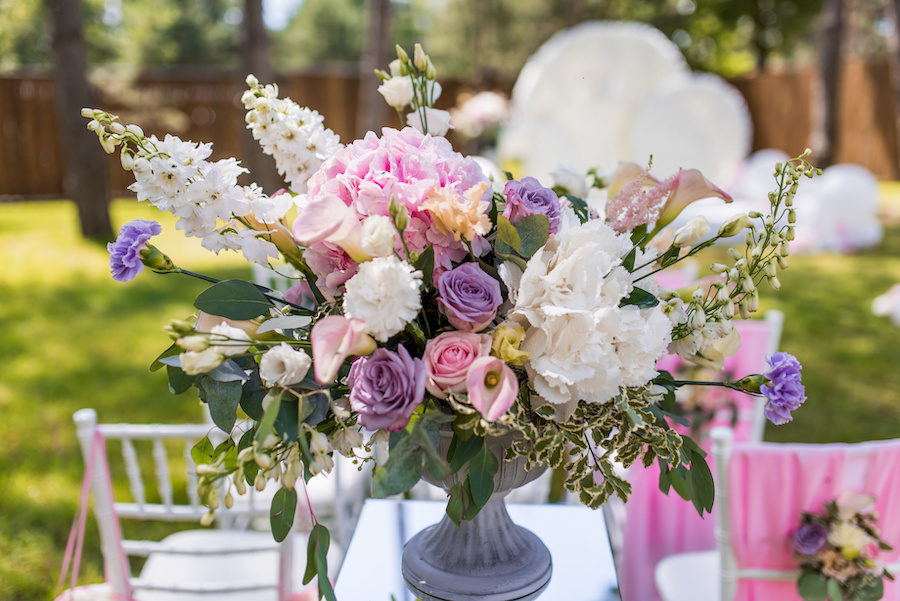
One way to add texture and interest to your floral arrangements is to play with the height and depth of the elements in your design. Creating variations in height and depth can add dimension and create a more dynamic look.
Vary the Height of Your Flowers
Using flowers with different stem lengths can create a varied and dynamic design. Taller flowers, such as delphinium or snapdragons, can add height and structure to the arrangement, while shorter blooms, such as ranunculus or anemones, can add depth and texture in floral design. By using a mix of different stem lengths, you can create a design that is full and interesting from all angles.
Layer Your Foliage
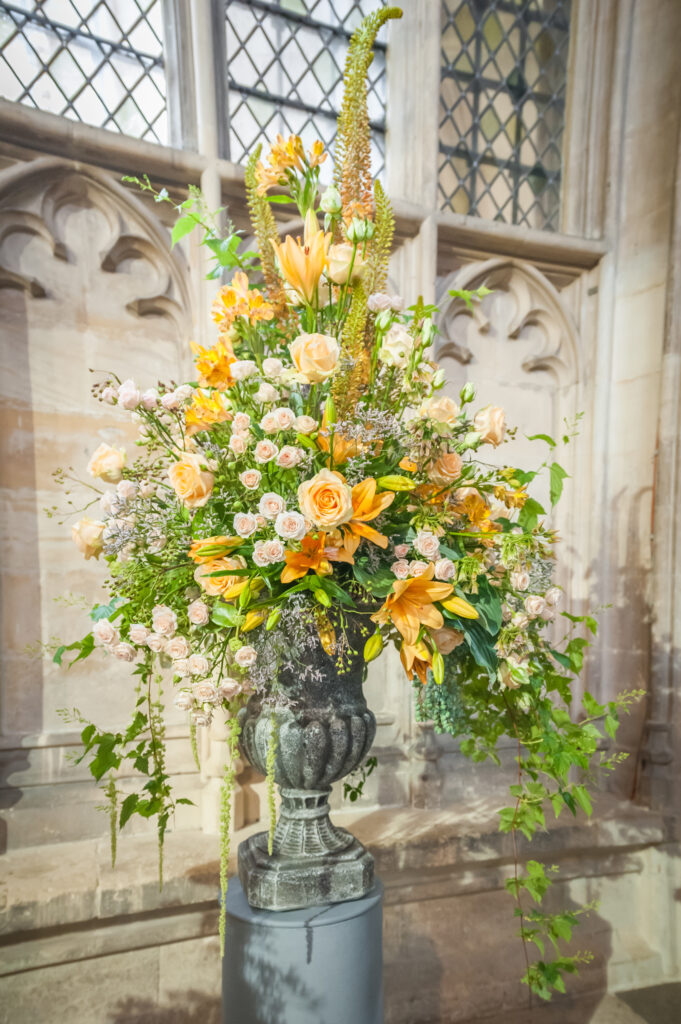
Layering different types of foliage can add depth and dimension to your arrangements. Use denser, bushier foliage, such as ligustrum or lemon leaf, as a base layer, and then add taller, more airy foliage, such as ming fern or asparagus fern, on top. This will create a layered effect that draws viewers in, helping to make a design more captivating.
Add Trailing Elements
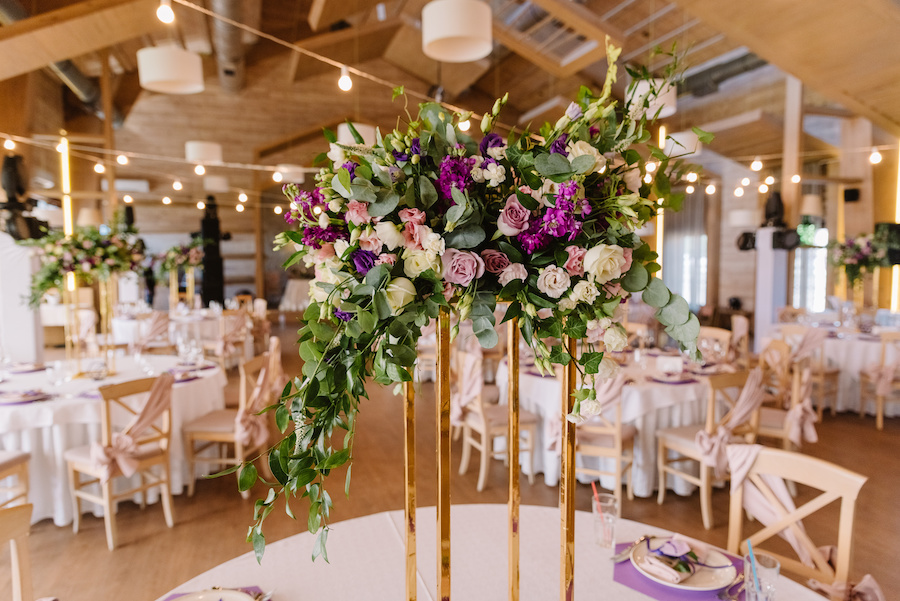
Adding trailing elements, such as ivy or grapevine, can add a sense of movement and flow to your arrangements. These elements can trail gently down the sides of the container or cascade over the edges of a larger display, creating a more organic, natural look.
When playing with height and depth, it’s important to consider the overall balance of your design. Elements that are too tall or too short can create an unbalanced look, so be sure to vary the height and depth in a way that creates a cohesive and pleasing design.
Use Containers with Texture
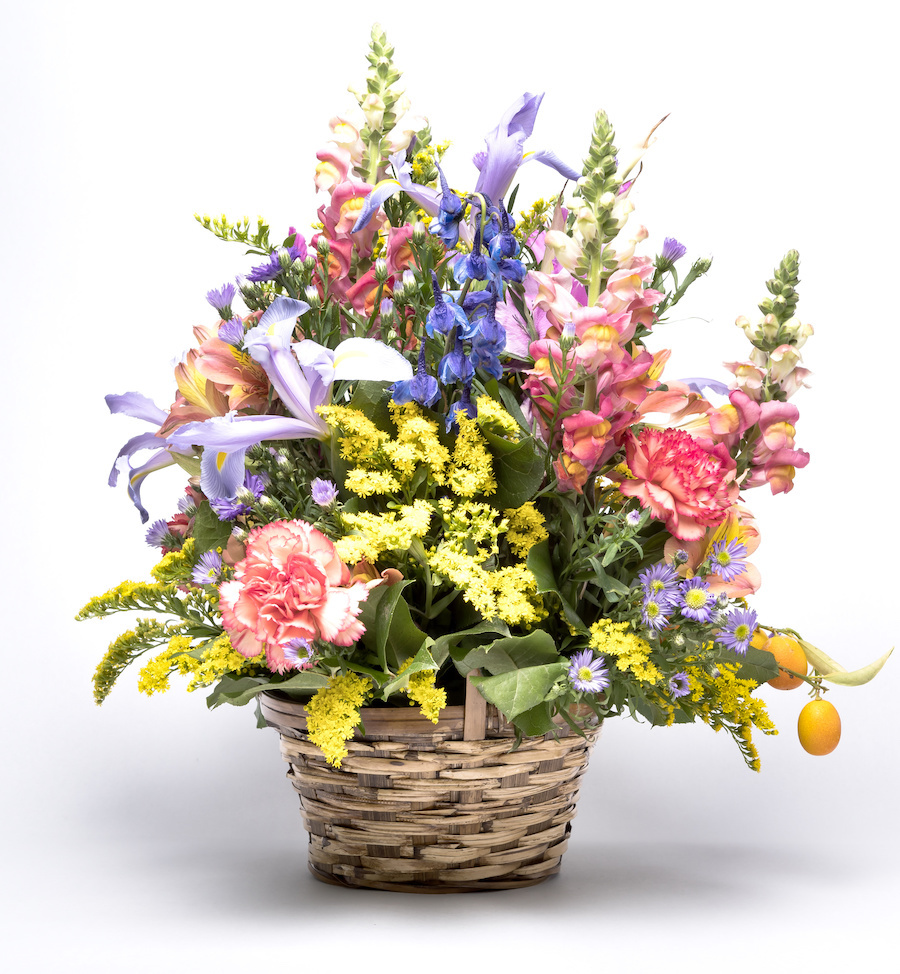
Choosing the right container is an important part of creating a dynamic and visually interesting floral arrangement. Containers with texture can add interest and depth to your design, creating a cohesive and polished look.
When using containers with texture, it’s important to consider how they complement the other elements in your design. The container should enhance the overall look and feel of the arrangement rather than detract from it. In addition, consider how the container will work with the shape and size of the flowers and foliage you’re using.
Here are a few ways to use containers to add texture in floral design:
Choose Unique and Interesting Textured Containers
While glass and ceramic are popular materials for vases, they don’t add much in terms of texture. Look for containers with unusual textures, such as those made of woven materials, rough clay or hammered metal. The texture of the container can add an additional layer of interest to your design, creating a cohesive look that ties everything together.
Mix and Match Containers
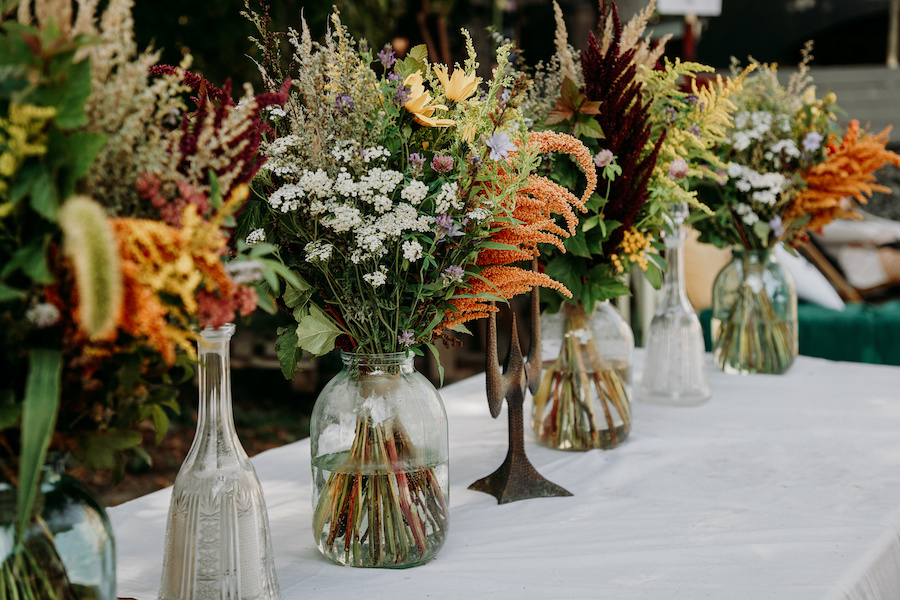
Using containers of different textures, sizes and colors can create a dynamic and varied look that is visually pleasing, especially when displaying several arrangements on one table. Consider using containers of varying heights and widths to create a layered effect.
Use Natural Containers
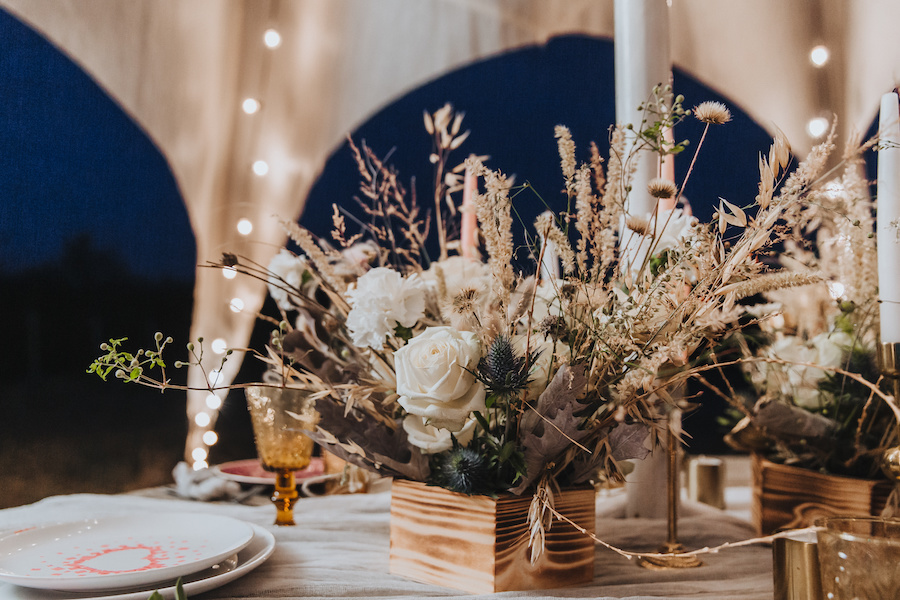
Using natural containers, such as wooden boxes or woven baskets, can create a sense of harmony and balance with the surrounding environment and the foliage on display, creating a cohesive and visually appealing look. Using containers with organic textures works especially well in bohemian or rustic settings.
Incorporate Texture With Accessories
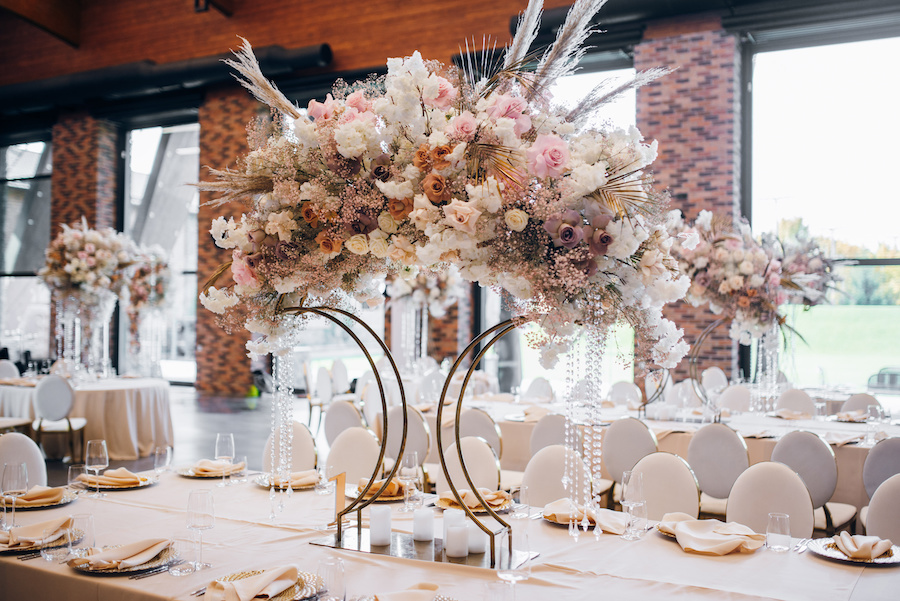
Adding non-organic accessories, such as ribbons or beads, can also add texture to your floral designs. Choose accessories with interesting textures, such as burlap, lace or crystals to create a unique and textured look that aesthetically ties the arrangement in with its surroundings.
Mix and Match Textures
Layering contrasting and complementary textures is a fundamental principle of floral design. By combining different textures, you can create a design that is varied and dynamic.
When mixing and matching textures, it’s important to consider the overall balance of your design. Too many textures can create a chaotic and overwhelming look, so be sure to carefully consider how each new element you introduce. It should either harmonize or contrast with the existing textures, as well as the other elements in your design, such as the color palette and shape of the flowers and foliage.
Here are some suggestions of ways to mix and match textures in your arrangements:
Combine Soft and Hard Textures
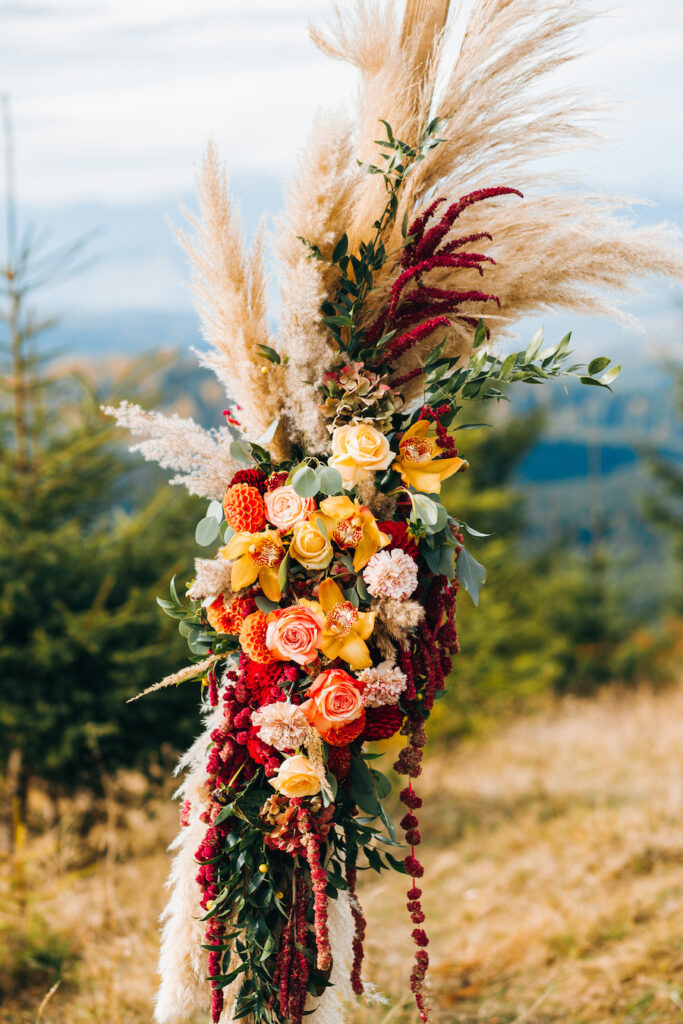
Soft textures, such as the billowy petals of dahlias or fluffy pampas grass, can be paired with harder textures, such as the sturdy calathea leaves or the rough bark of birch branches. The contrast of hard and soft textures can create a pleasing tension that draws the eye and creates visual interest and depth.
Pair Smooth and Rough Textures
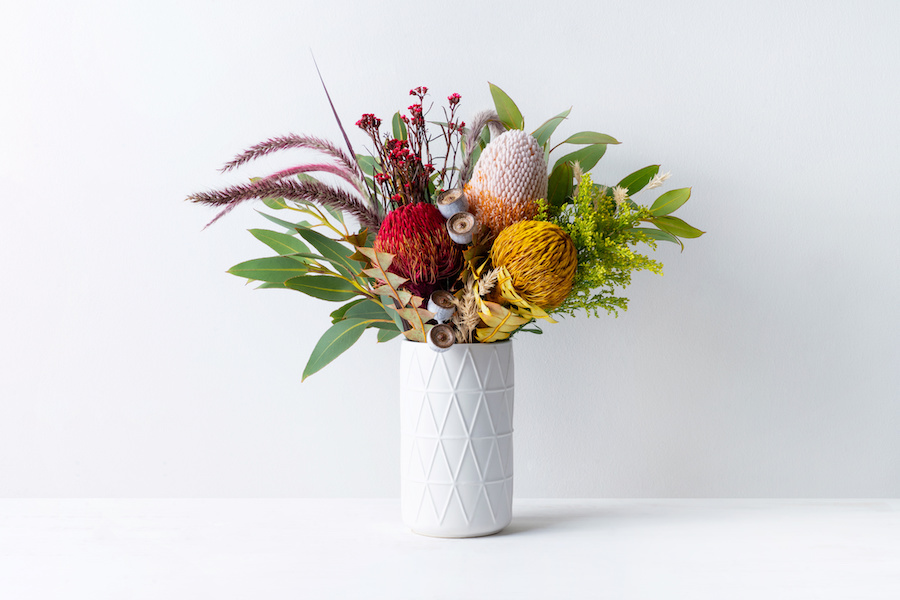
Smooth or shiny textures, such as the velvety leaves of lamb’s ear or the broad aspidistra leaves, can be paired with rough textures, such as curly willow or clusters of succulents. This juxtaposition creates a tactile contrast that adds interest and depth to your design, creating a sense of balance and harmony that can be very visually appealing.
Use a Variety of Contrasting Foliage
When selecting foliage, consider using a mix of different types to create a varied and dynamic design. Textural foliage can add a subtle layer of interest and depth to your design, creating a cohesive and balanced look. Here are a few popular types of foliage to consider adding to enhance the texture of your design:
Ferns
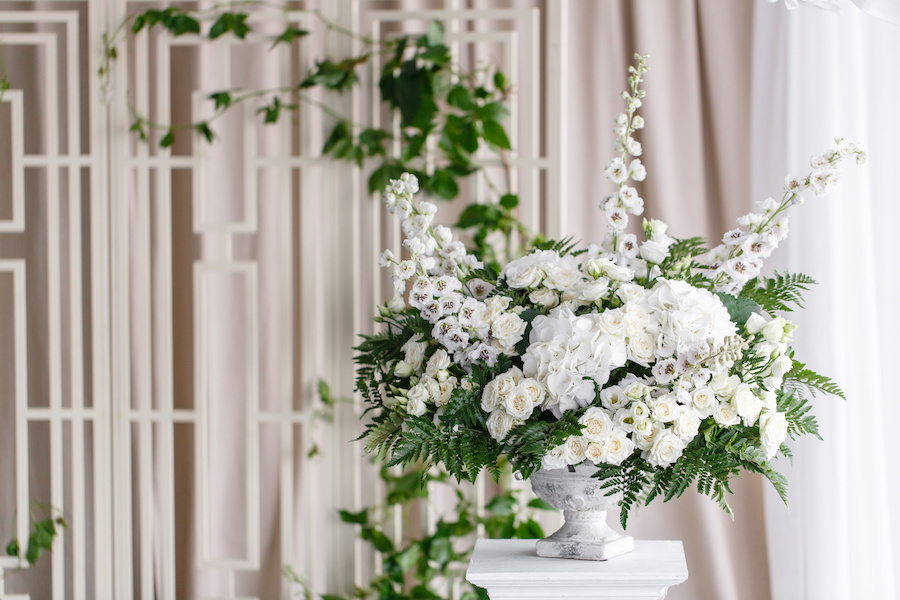
From the delicate, lacy fronds of maidenhair fern to the bold, spiky leaves of sword fern, ferns come in a variety of sizes, shapes and styles to complement any arrangement. Some ferns, such as leatherleaf ferns, have thick, sturdy stems that can add structure to an arrangement, while others, such as sprengeri fern, have long, wispy fronds that can add movement and flow. Ferns also come in a range of colors, from bright green to deep, almost black tones, which can add further contrast and interest to your designs.
Eucalyptus
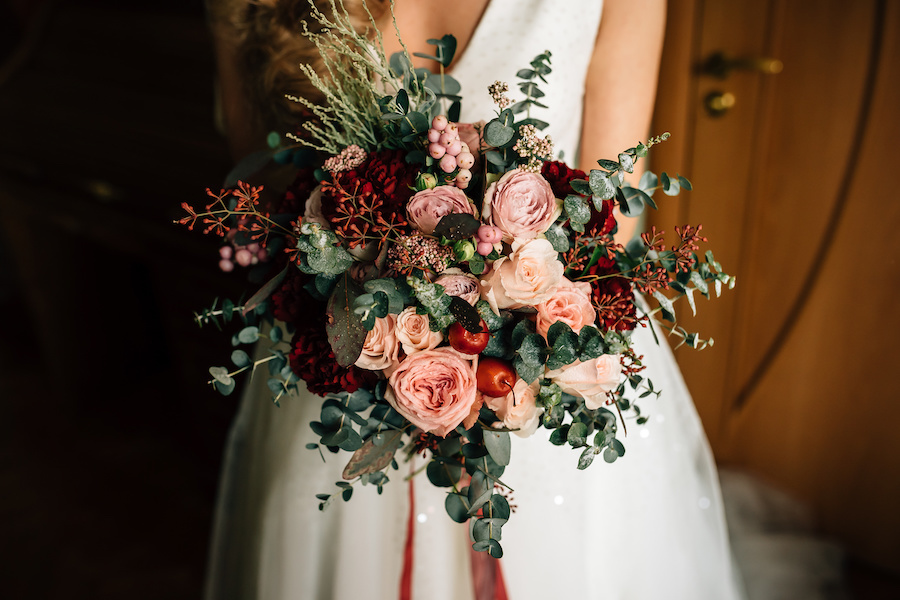
Eucalyptus is a versatile foliage option that comes in different shapes and sizes, from the small, round leaves of silver dollar eucalyptus to the long, slender leaves of seeded eucalyptus. Eucalyptus leaves often have a waxy or velvety texture, which can add tactile interest to your designs. As a bonus, eucalyptus also has a distinct, fresh scent that can add an extra layer of sensory experience for viewers.
Grasses
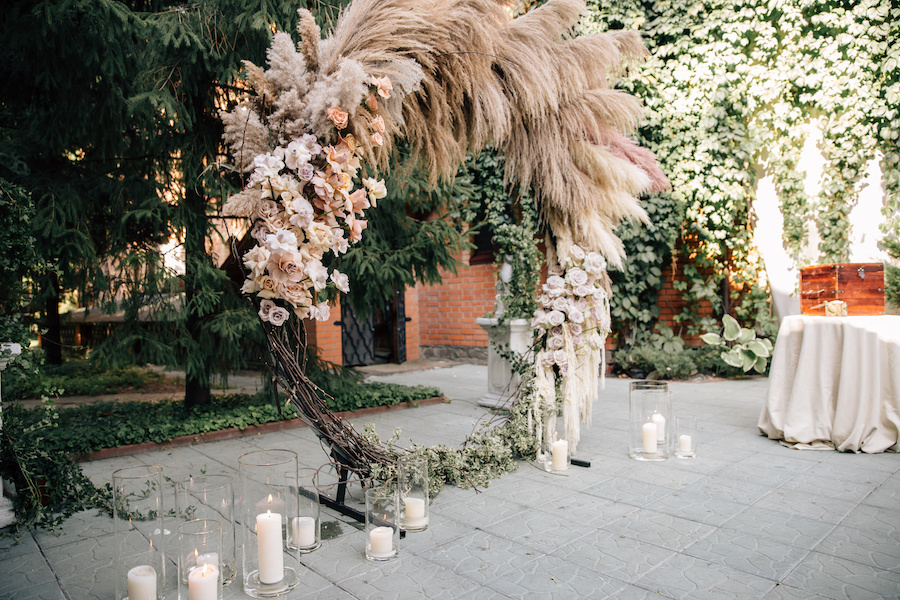
Different types of grasses can introduce different textures, from the soft, fluffy plumes of pampas grass to the thin, delicate blades of bear grass. Grasses can add movement and flow to an arrangement and can also add height and structure. Grasses also come in a range of colors, from pale, creamy tones to deep, almost black shades, meaning they can be used to add a flowy, natural feel to almost any floral arrangement.
Berries and Branches
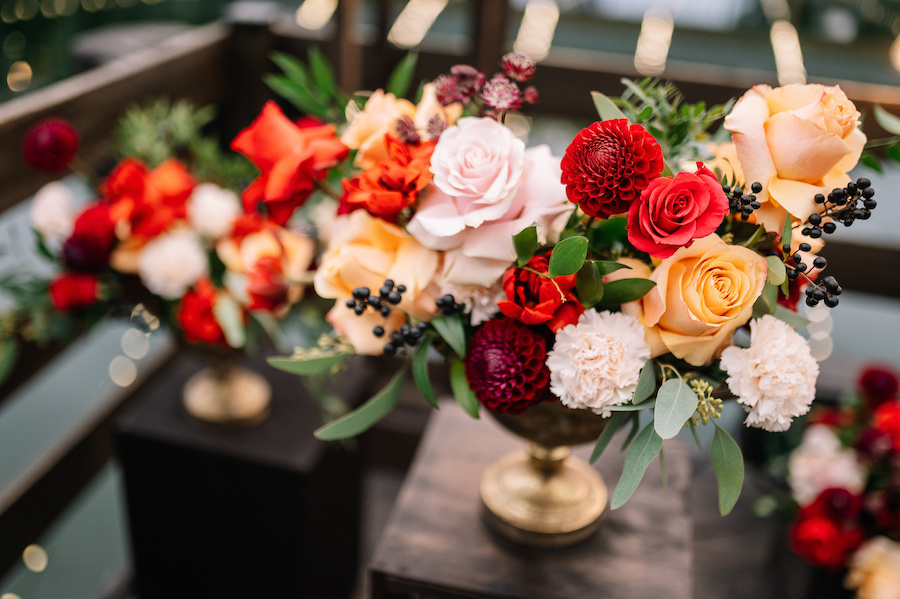
On the opposite end of the spectrum from flowy grasses, branches and berries can add a solid, sturdy texture to a design. Consider using branches with interesting shapes, such as twisted hazelnut or olive branches, or berries with unusual textures, such as spiky sea holly or clusters of blueberry cedar. Branches and berries can add height and structure to an arrangement while also adding tactile interest and visual contrast.
By experimenting with different textures and combinations, you can create unique and memorable arrangements for your clients. At Alpha Fern, we pride ourselves on providing high-quality foliage options for floral designs. We offer dozens of foliage varieties in different stem counts, lengths and colors, providing a range of options for florists to incorporate into their designs. If you’re interested in greenery to create texture in your floral arrangements, explore our full range of products today.


